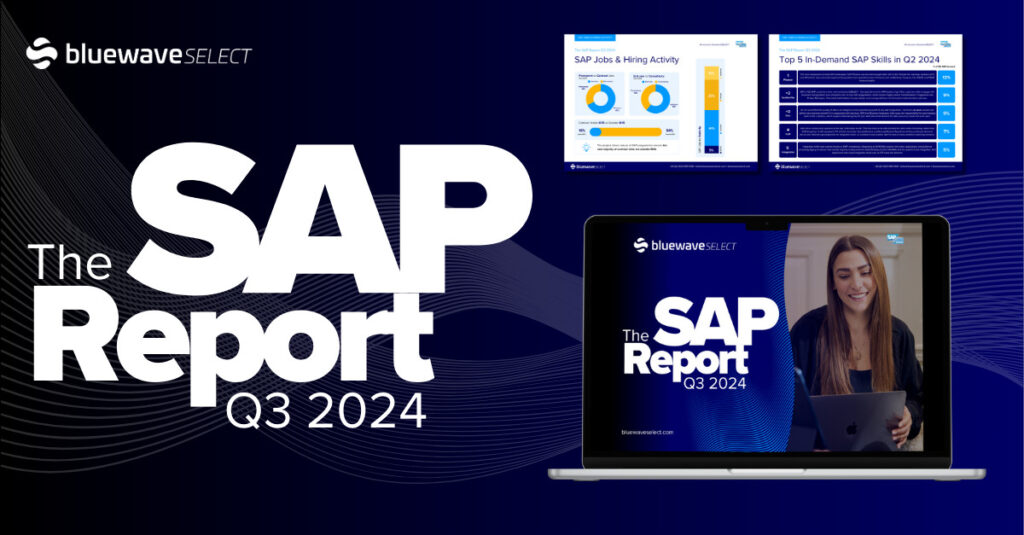How to Work Outside IR35 in Your SAP Programme (Without Giving Finance a Heart Attack)
75.6% of SAP contractors would leave their current programme for a competitive outside IR35 role. If you’re struggling to attract or retain talent, that stat should make you pause.
But here’s the catch: while contractors actively want outside IR35 roles, your finance and tax teams often see them as risky, complex, or just not worth the hassle. This guide gives you the facts, tactics, and reassurance to change that conversation — and unlock better hiring options without putting your organisation in the firing line.
IR35: A Quick Refresher
IR35 isn’t new. It’s been around since 2000. Originally, it aimed to stop people working as “disguised employees” through limited companies.
Then in 2017 (public sector) and 2021 (private sector), the rules changed. Medium and large businesses now carry the liability — not the contractor. That scared a lot of organisations off. But the fear’s often overblown. The system’s clearer now, and the tools for staying compliant are far more accessible.
Where Programmes Get Stuck
Many SAP programmes say they assess IR35 status fairly — but their ways of working tell a different story. Most issues boil down to two key blockers:
- Substitution – misunderstood and misapplied
- Supervision & control – confused with normal project oversight
Substitution: Useful, Not Essential
One myth that keeps cropping up: “No substitution means inside IR35.” Not true.
Yes, the right to substitution can help show someone is a genuine contractor — but it’s not a deal-breaker. You can still be outside IR35 without it if you get other areas right (like control, mutuality, and financial risk).
Done well, substitution is actually a safety net:
- The contractor replaces themselves if needed
- You’re not paying for extra recruitment, onboarding, or training
- If they mess up the handover, you can walk away
- Your cost and commitment stays fixed
Bonus: Tools like HMRC’s CEST can be gamed by phrasing. If you say “Yes, I’d reject a bad substitute”, CEST flags it. But HMRC’s own guidance says you can reject someone unsuitable — as long as you’re not rejecting all substitutes outright.
“But I Want to Tell Them What to Do…”
A common objection. But outside IR35 doesn’t mean losing all control — it means setting boundaries at the start.
You define the work, timelines, deliverables. They define how it gets done. It’s not hands-off — it’s collaborative. Think expert supplier, not employee.
The key? No day-to-day micromanagement. No right of control. If you can trust someone to deliver, let them do it their way.
HMRC Are Looking at Process, Not Perfection
These days, HMRC don’t expect you to get every IR35 decision right. What they care about is process:
- Are hiring managers trained?
- Are you using fair assessments?
- Do you document and review decisions?
- Are your contracts and working practices aligned?
Do those things, and HMRC is far more likely to take a “fair enough” stance than come in swinging.
New Rule: No More Double Taxation
Before April 2024, if HMRC overturned an IR35 determination, you could end up paying tax twice — once from the contractor and again from your end.
Now, HMRC offsets tax already paid by the contractor. That drastically reduces your exposure and makes outside IR35 far less risky than it once was.
You Can Even Pass the Risk On
Still nervous? You can shift the liability elsewhere. For example:
bluewaveSELECT takes on up to £100k of IR35 liability per contractor. We also reduce notice periods and cover shortfalls if a substitute doesn’t work out.
It’s baked into our contracts — so you get all the flexibility, without the fear.
What You Can Do Today
- Share this internally. Especially with finance and legal.
- Audit your current contractors. Are your practices forcing them inside IR35?
- Ask your recruiter the hard questions. Who’s liable? What’s their policy on substitution?
- Download the full SAP Hiring Manager’s Playbook.
Final Word
Hiring outside IR35 isn’t about bending the rules. It’s about using them properly — and confidently.
Get it right, and you’ll access a deeper contractor pool, move faster, and keep talent longer.
IR35 isn’t the problem. Fear and misunderstanding are.



